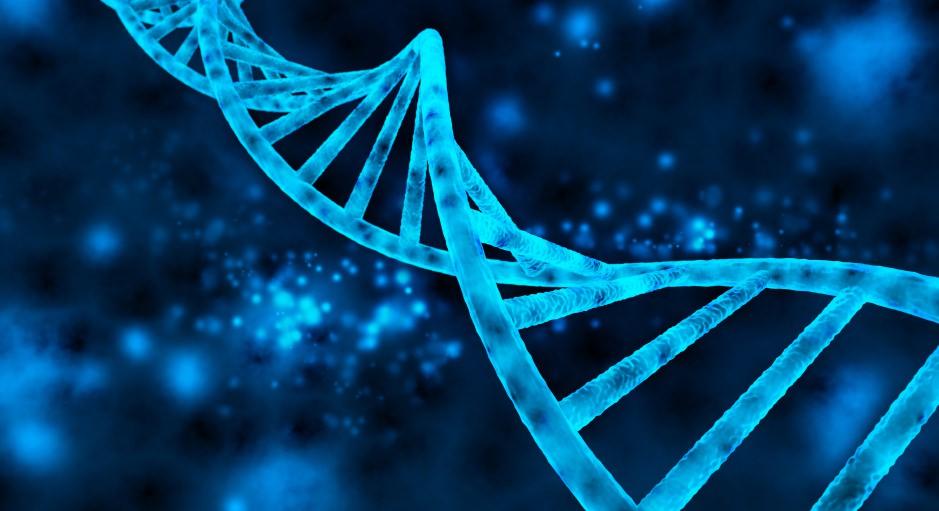Barcodes have so many incredible applications. They’re not just great for tracking stock in warehouses and supply chains; they can be used in schools, hospitals, on gravestones and even in science to make amazing discoveries.

This year it was announced that a DNA barcode project was being rolled out in the hope to discover two million new species. Here’s a look at the details of this project, and how barcodes are helping to make it a possibility.
The Problem with Identifying Species
For hundreds of years, scientists have had issues identifying new species in the animal kingdom, describing it as a painstakingly slow process as they try to describe a specimen’s features and defining traits, try to fit the species into the tree of life, name it and then eventually publish it.
Experts estimate that our planet has somewhere between 8.7 million and 20 million kinds of plants, animals and fungi, but just 1.8 million have formal descriptions. Insects are particularly elusive, having a vast number of undiscovered species. Identifying specimens is a complex process as species evolve over time; their populations change, diverge and lineages split into new species. Identification relies on studying their anatomy, behaviour, genetics or evolutionary history.
Knowing about different animal and plant species carries more importance than just academic applications. Getting bitten by a snake, for example, is a time when knowing the exact species is vitally important so any anti-venom needed can be administered. A plant might be used in a medical application, but are they being sampled from just one species or two that look very similar? Having an accurate and comprehensive way of identifying the mind-boggling huge numbers of different species is paramount.
How Barcodes Can Help
Barcodes are helping to reduce the time and cost of identifying new species. Barcoding is the name being given to DNA sequencers that provide enough species-distinguishing markers to identify them.
Back in 2003, Paul Hebert of the University of Guelph in Canada proposed the idea of DNA barcodes. He and a few others began to compile barcodes from known species, and by 2010, had built a reference library with their identifying sequences. In now has over 7.3 million barcodes (each species can have more than one) and has proven to be a resource not only for identifying known organisms but for documenting their interactions with other species, based on different barcodes in a particular sample.
Now with $180 million in additional support money, the project is about to start a seven-year follow-up effort. It’s called BIOSCAN, and it will gather specimens to study species interactions at 2500 sites around the globe. The aim is to expand the library by 15 million barcodes, 90% of which will come from currently undescribed species. Hebert wants the project to track life on the planet the way we currently track the weather.
Discovering New Species
Another goal of the project will be to identify undiscovered species. If the software cannot match a sample’s barcode sequence to existing species, it will flag as a specimen for closer inspection and possible identification as a new species. This process would previously take years or even decades to confirm with certain species.
The bioinformatics and sequencers can read enough bases in one shot to get a full barcode, and Hebert predicts this will only cost about $1 per specimen, including collection, preservation, DNA extraction, sequencing and analysis.
For now, the specimens are to be shipped to the University of Guelph, but the hope is that it will eventually be accessible to many labs doing species surveys. Rudolf Meier, a biologist from the National University of Singapore has been working with undergraduates and volunteers in Singapore to collect and sequence specimens, and have already generated 200,000 insect barcodes, representing 10,000 species, 70% of which are new to science. Meier envisions many countries setting up their own catalogue of biodiversity.
A Borneo expedition in 2018 with citizen scientists barcoded nearly a dozen animals, including a new snail they named Microparmarion exquadratus, described that year in the Journal of Molluscan Studies. They detailed their protocols so others could follow suit. They claim that anyone with a few day’s training can set up to do barcoding in the field for less than $7000.
A similar field study in Madagascar from Duke University in Durham, North Carolina obtained barcodes to identity mouse lemurs. Just a few decades ago, only a few species of these nocturnal primates were known, and the number is now at 24. The process could take years, but Duke ecologist Lydia Greene described the process as using the barcoding system to take a DNA sample from a trapped lemur, barcoding it and then deciding on the spot whether it was a new species.

The process all points to a bright future for biodiversity science that yields quick results. But it’s thought that industrial-scale efforts will be needed if there’s any hope of cataloguing all the species on the planet.
We hope you’ve enjoyed this look at a unique barcode application. At GSM, our barcodes are used for many applications including healthcare, manufacturing, retail and much more. If you’re looking for barcode label printing or asset tracking software, contact us today.


















